
Simplify Your Build with Cross-Platform Software Solutions
Maximize efficiency and reach with cross-platform software solutions. Identify the top frameworks and strategies to scale up across devices.
People today rely on various devices for searching, shopping, and engaging with brands. This opens up more opportunities for businesses wanting to expand their reach. But here’s the challenge: consumers are spread across different platforms and operating systems. That’s where cross-platform software solutions step in, bridging the gap and helping businesses connect with users everywhere.
Source: Statcounter
Key Takeaways
- Cross-platform software enables businesses to reach users on multiple operating systems with a single codebase.
- Popular frameworks like Flutter, Expo, and Ionic offer flexibility, speed, and high performance.
- Choosing the right framew ork depends on your project needs, team expertise, and long-term goals.
- Scaling cross-platform solutions requires strategic planning around performance, backend, UX, and industry-specific requirements.
TABLE OF CONTENTS
Benefits of Cross-Platform Software Solutions
Best Frameworks for Cross-Platform App Development
5 Tips for Scaling Cross-Platform Software for Different Industries
FAQs About Cross Platform Software
Benefits of Cross-Platform Software Solutions
Cross-platform software refers to applications or systems designed to run seamlessly on multiple Operating Systems (OS) and devices without the need for significant modifications. It acts as a universal translator, enabling the app or system to function across different operating systems like Windows, macOS, iOS, and Android.
This approach offers greater accessibility in a world where users frequently switch between devices, maximizing your market reach and user engagement. Key benefits include:
Cost-effectiveness
Writing code only once and deploying it across different platforms eliminates the need for separate versions, allowing businesses to launch products affordably quicker.
Faster Time to Market
Cross-platform solutions speed up the development process as there’s no need to create separate apps for different platforms. It allows businesses to stay ahead of competition and meet user demands ahead of others.
Simplified Maintenance
Maintaining a single codebase simplifies bug fixes and updates. It reduces ongoing costs and frees up resources for further improvements and innovations.
Consistent User Experience
Cross-platform development ensures a uniform look, feel, and functionality across devices. This consistency fosters brand recognition and user trust, enhancing the overall user experience.
Reduced Risk
Using a single codebase minimizes risks associated with platform-specific issues or industry changes. This ensures your app or system remains adaptable and less likely to become outdated due to platform limitations.
Best Frameworks for Cross-Platform App Development
With cross-platform frameworks, mobile app development experts can streamline the process, save resources, and deliver native-quality experiences.
Here are the best frameworks that should be on your radar:
Flutter
Flutter uses the Dart programming language and compiles native ARM (Advanced RISC Machine) code, enabling high-performance applications. It supports building desktop and web apps for macOS, Linux, and Windows, making it a versatile choice for cross-platform development.
It’s particularly known for its “hot reload” feature, allowing expert developers to see changes in real-time without restarting the app. With Flutter’s widget-based architecture, you can easily create visually appealing and highly customizable User Interfaces (UIs).
Overall, this framework is suitable for businesses aiming for high-performance, visually consistent apps and quicker time-to-market across web and mobile platforms. Plus, it has a growing community and backing by Google ensures continuous support and updates.
Global brands like BMW, Alibaba, and eBay Motors use Flutter.
Expo
This is a framework built on React Native that simplifies mobile app development. It eliminates the need for native code configuration, making it perfect for beginners and quick iterations.
Expo helps developers focus more on building features than managing infrastructure through its built-in CLI (Command Line Interface) and over-the-air updates. It also simplifies development by hiding much of the native code. Additionally, its EAS (Expo Application Services) Build gives developers the flexibility to add native customizations when required.
This platform is best for businesses wanting to launch MVPs (Minimum Viable Products) quickly, iterate fast, and reduce infrastructure overhead during the early stage.
Famous companies, such as FanDuel, Discord, and even Capital One apps are built on Expo.
Source: PragmaticEngineer
Ionic
Ionic uses familiar web technologies to build mobile, desktop, and web apps from one codebase. This includes HTML (HyperText Markup Language), CSS (Cascading Style Sheets), and JavaScript.
Moreover, Ionic supports integration with popular frameworks, such as Angular, React, and Vue. Capacitor, its native runtime, enables access to device APIs (Application Programming Interfaces) with modern performance. Its component library also helps apps look and feel native without heavy customization.
The bottom line, Ionic is best for businesses with existing or in-house web teams who want to expand to mobile and reach users across multiple platforms cost-effectively.
Popular brands using Ionic are Thomson Reuters, Petronas, and University of Michigan.
Source: 6Sense
5 Tips for Scaling Cross-Platform Software for Different Industries
Here are the five strategic tips to guide your cross-platform development for optimal efficiency:
1. Understand Industry-Specific Needs
Map out the must-have features, security protocols, and compliance needs for your specific sector before scaling your software. This ensures your application aligns with regulatory requirements and delivers real value to end-users within your industry.
2. Select the Right Framework for Long-Term Flexibility
Choose adaptable frameworks that support seamless integrations, real-time updates, and customization across platforms as your app grows. A scalable and flexible tech stack enables faster development cycles and reduces friction when rolling out our new features or updates.
3. Optimize for Performance Across Devices
Tailor optimization strategies based on device usage within industries to enhance functionality where it matters most. Whether your users are primarily on mobile, tablet, or desktop, optimizing
Performance per device ensures smoother operations and a better user experience.
4. Ensure Consistent User Experience
Maintain uniformity in UX/UI design while incorporating platform-specific adjustments to deliver an intuitive experience without compromising brand identity. This consistency strengthens your branding and boosts user trust and satisfaction across all platforms.
5. Plan for Scalable Backend System
Leverage robust backend tools such as Firebase, AWS Amplify, or Laravel to manage authentication, databases, and analytics efficiently. A strong backend architecture can handle increasing data loads and user activity without compromising system stability.
Conclusion
Cross-platform software development is essential for businesses that want to stay competitive, reduce costs, and reach more users across devices. By choosing the right framework and optimizing development processes, you can create scalable solutions that offer a consistent and high-performing user experience.
FAQs About Cross-Platform Software
How does cross-platform software differ from native development?
Cross-platform software uses one codebase for multiple platforms, while native development requires separate code for each operating system.
Is cross-platform development secure?
Security is determined by how you implement it. While frameworks provide support for encryption and authentication standards, maintaining robust security requires adherence to best practices throughout development.
What’s the typical cost of developing cross-platform software?
Costs vary by complexity, features, and framework used, but it’s generally more affordable than developing separate native apps.
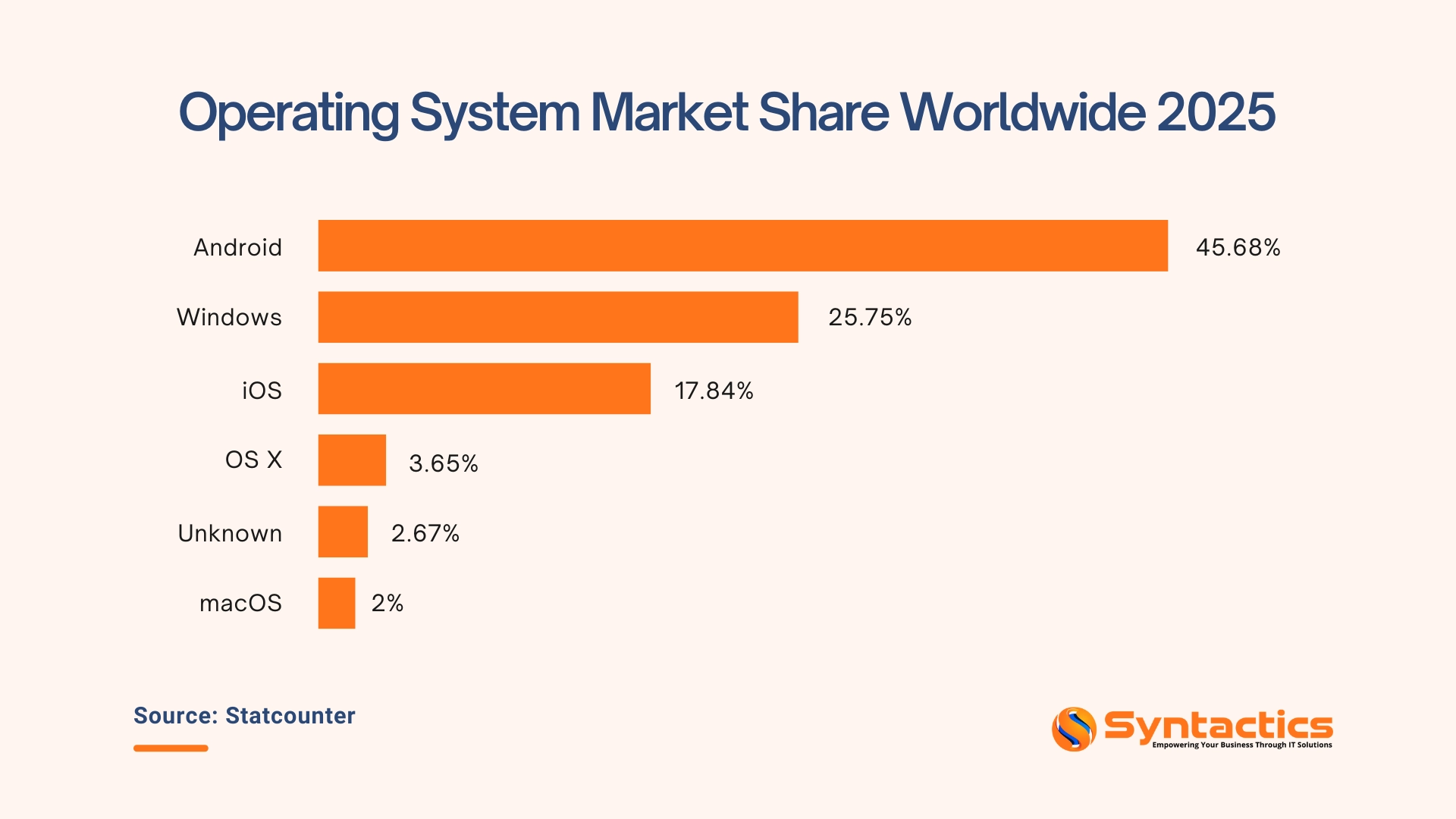
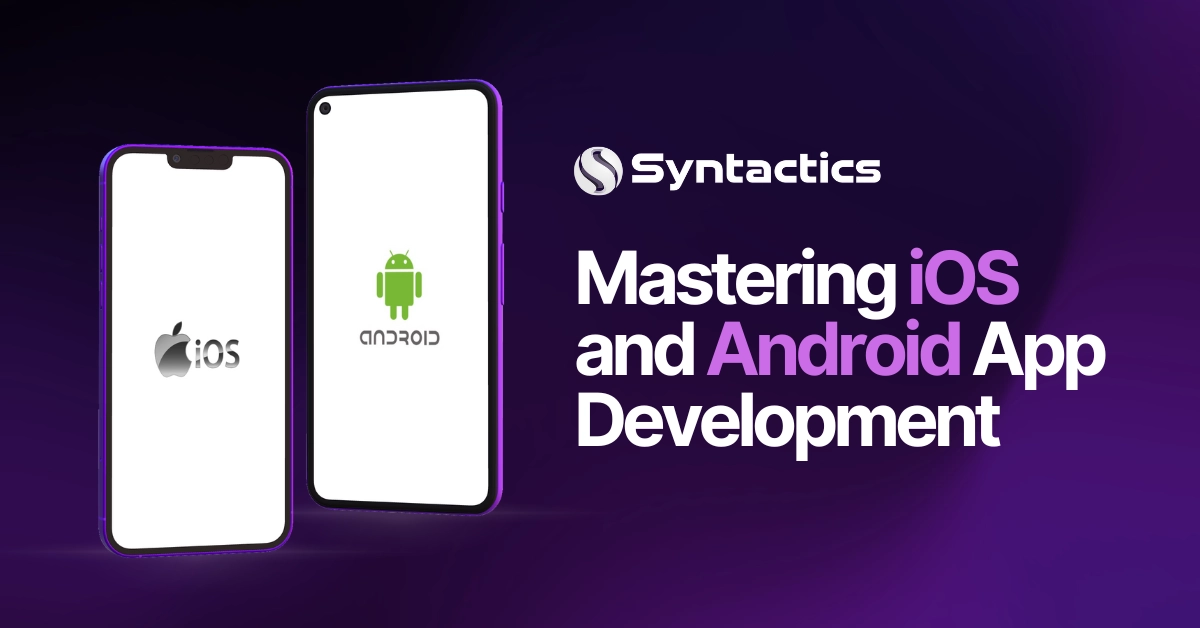
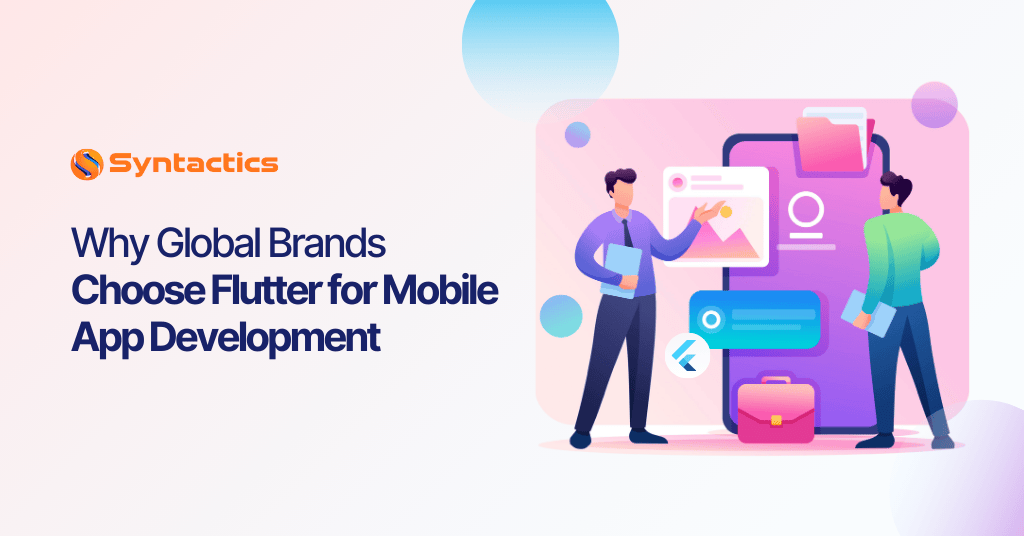
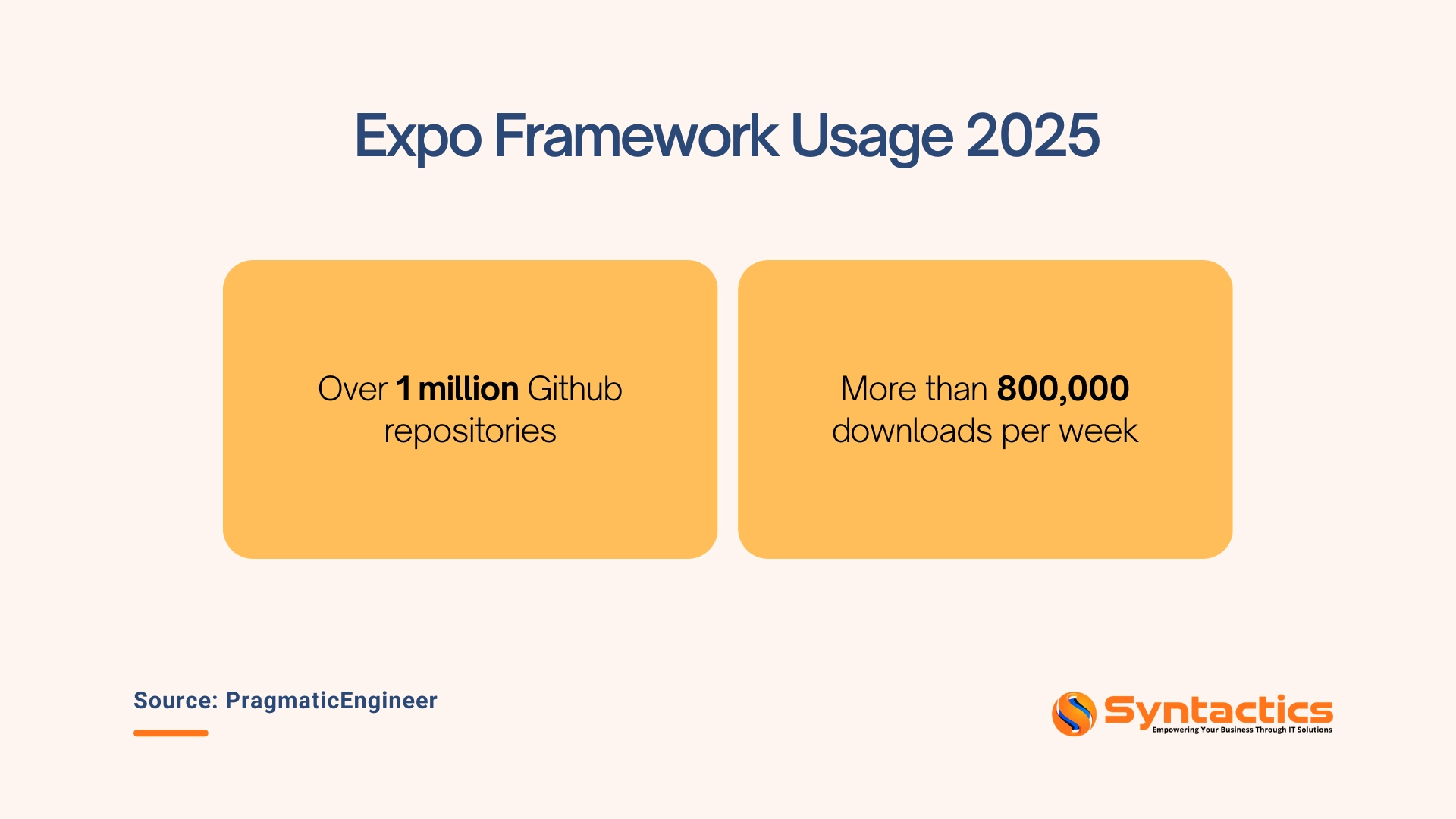
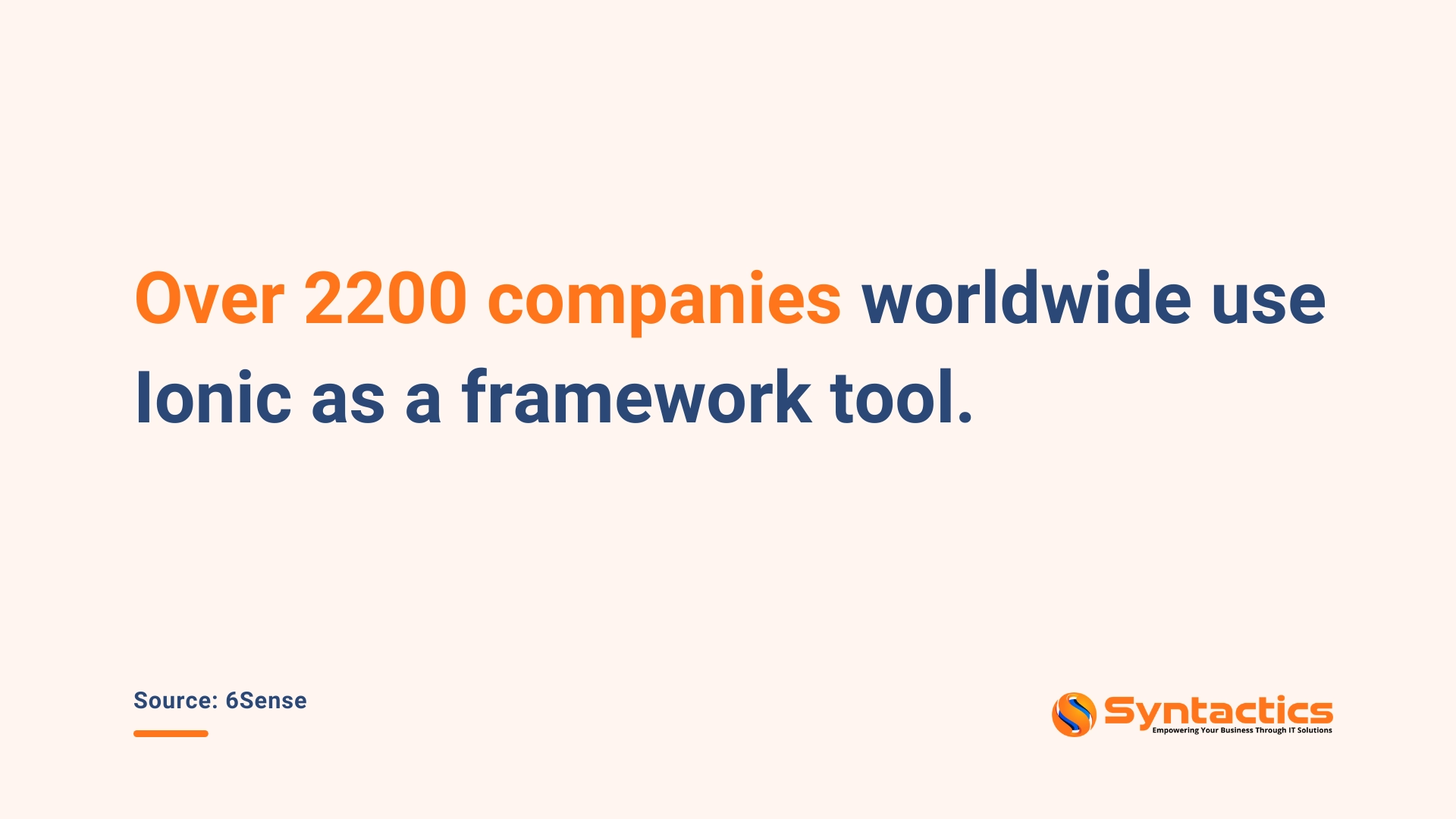











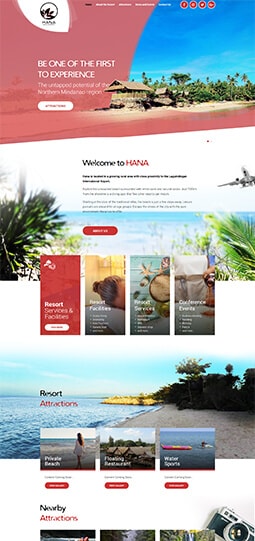

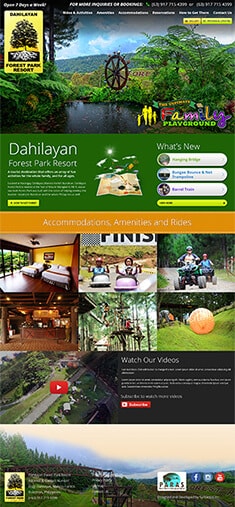

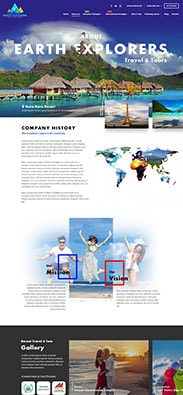

Comment 0